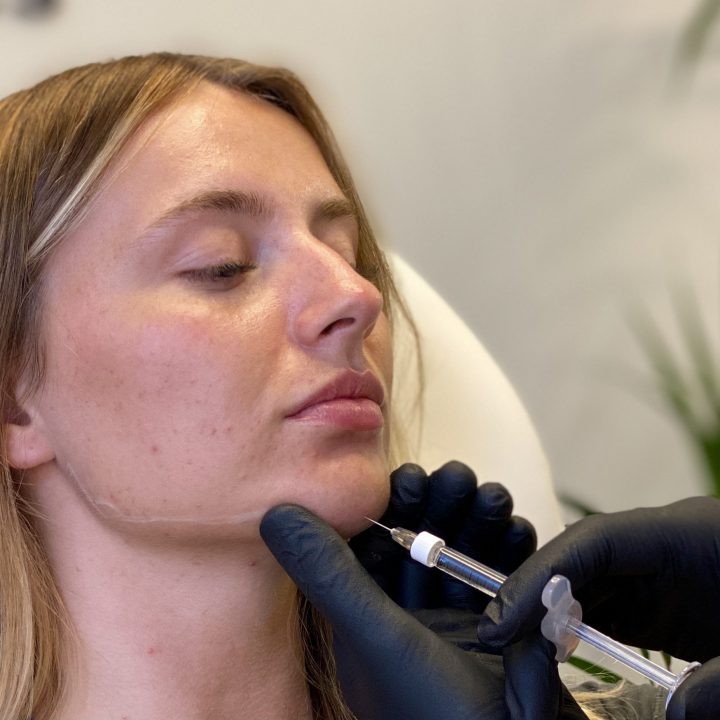Welcome to our comprehensive guide on repairing hair transplants. Hair loss is a common concern for many individuals, and undergoing a hair transplant is a significant step towards restoring confidence and achieving a fuller head of hair. However, sometimes complications arise, and the results may not meet expectations. In this guide, we’ll explore ten effective ways to repair your hair transplant and regain your desired look.
Understanding Hair Transplant Repair
Before delving into the methods of repair a hair transplant, it’s crucial to understand the common issues that may arise. From unnatural hairlines to poor density and visible scarring, there are various challenges that individuals may face post-transplantation. Each issue requires a tailored approach for effective resolution.
Assessing Your Hair Transplant
The first step in repairing a hair transplant is to assess the current condition of your hairline and scalp. Consulting with a qualified hair transplant specialist is essential to determine the underlying issues and develop a personalized repair plan. Through a thorough examination, the specialist can identify areas of concern and recommend appropriate solutions.
Choosing the Right Repair Technique
Repairing a hair transplant involves selecting the most suitable technique based on individual needs and preferences. From follicular unit extraction (FUE) to scalp micropigmentation (SMP) and revision surgeries, there are various options available. Understanding the pros and cons of each technique is crucial in making an informed decision.
Addressing Hairline Irregularities
One common issue with hair transplants is the development of unnatural-looking hairlines. Repairing hairline irregularities requires meticulous attention to detail and artistic skill. Techniques such as follicular unit transplantation (FUT) revision and graft redistribution can help create a more natural and symmetrical hairline.
Enhancing Hair Density
Another aspect of hair transplant repair is enhancing hair density in areas with insufficient coverage. This can be achieved through additional grafting sessions or the use of advanced techniques such as platelet-rich plasma (PRP) therapy and laser therapy. Increasing hair density can significantly improve the overall aesthetic results of the transplant.
Treating Scalp Scarring
Scarring is a common concern following hair transplant surgery, particularly with traditional techniques like FUT. Fortunately, there are several methods available to minimize the appearance of scars and promote healing. These include corticosteroid injections, silicone gel sheets, and scar revision surgery.
Managing Complications
In some cases, individuals may experience complications such as infection, inflammation, or folliculitis following a hair transplant. Prompt medical attention is essential to address these issues and prevent further damage. Treatment options may include antibiotics, anti-inflammatory medications, and specialized scalp care products.
Maintaining Long-Term Results
Once the hair transplant repair process is complete, it’s crucial to adopt a comprehensive maintenance plan to preserve the results over the long term. This may include regular follow-up appointments, adherence to a personalized skincare regimen, and lifestyle modifications to promote overall hair health.
Seeking Professional Guidance
Repairing a hair transplant is a complex process that requires the expertise of qualified professionals. It’s essential to research and select a reputable clinic with a track record of successful outcomes. Additionally, open communication with your hair transplant specialist is key to achieving your desired goals and addressing any concerns along the way.
FAQs
Q: How long does it take to repair a hair transplant?
A: The duration of the repair process depends on the specific issues being addressed and the chosen repair techniques. Some repairs may be completed in a single session, while others may require multiple appointments over several months.
Q: Are hair transplant repairs permanent?
A: While hair transplant repairs can provide long-lasting results, it’s essential to maintain good hair care practices and follow-up with your specialist as needed to preserve the outcome over time.
Q: Is hair transplant repair painful?
A: The level of discomfort during a hair transplant repair procedure varies depending on the individual’s pain tolerance and the specific techniques being used. Local anesthesia is typically administered to minimize discomfort during the procedure.
Q: Can anyone undergo a hair transplant repair?
A: Most individuals who have undergone a previous hair transplant and are dissatisfied with the results may be candidates for repair procedures. However, it’s essential to consult with a qualified specialist to determine eligibility and discuss available options.
Q: What are the risks associated with hair transplant repair?
A: Like any surgical procedure, hair transplant repair carries certain risks, including infection, scarring, and adverse reactions to anesthesia. However, these risks can be minimized by choosing a skilled and experienced specialist and following post-operative care instructions diligently.
Q: How much does hair transplant repair cost?
A: The cost of hair transplant repair varies depending on factors such as the extent of repair needed, the chosen techniques, and the clinic’s location. It’s recommended to schedule a consultation with a specialist to receive a personalized quote based on your specific needs.
Conclusion
Repairing a hair transplant is a journey towards restoring confidence and achieving a natural-looking hairline. By understanding the common issues associated with hair transplants and exploring effective repair techniques, individuals can regain their desired appearance and embrace life with renewed confidence.


















